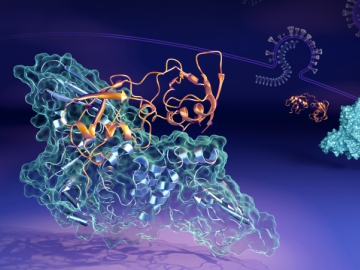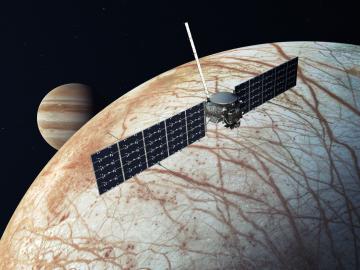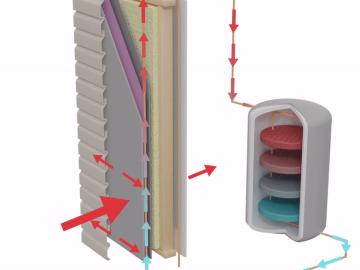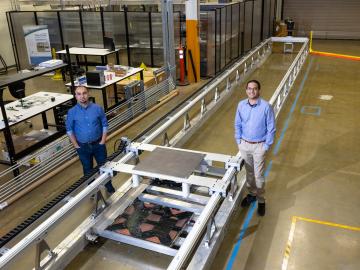
Filter News
Area of Research
- Advanced Manufacturing (1)
- Biology and Environment (8)
- Computational Biology (1)
- Computational Engineering (1)
- Computer Science (1)
- Electricity and Smart Grid (1)
- Energy Science (34)
- Fusion and Fission (5)
- Isotopes (11)
- Materials (6)
- Materials for Computing (7)
- Mathematics (1)
- National Security (3)
- Neutron Science (17)
- Sensors and Controls (1)
- Supercomputing (8)
- Transportation Systems (1)
News Topics
- (-) Advanced Reactors (2)
- (-) Artificial Intelligence (7)
- (-) Clean Water (8)
- (-) Cybersecurity (5)
- (-) Energy Storage (21)
- (-) Grid (10)
- (-) Isotopes (12)
- (-) Mathematics (1)
- (-) Neutron Science (20)
- (-) Transportation (21)
- 3-D Printing/Advanced Manufacturing (26)
- Big Data (5)
- Bioenergy (13)
- Biology (23)
- Biomedical (10)
- Biotechnology (5)
- Buildings (13)
- Chemical Sciences (7)
- Composites (6)
- Computer Science (30)
- Coronavirus (10)
- Critical Materials (4)
- Environment (39)
- Exascale Computing (2)
- Frontier (4)
- Fusion (8)
- High-Performance Computing (19)
- ITER (4)
- Machine Learning (1)
- Materials (32)
- Materials Science (22)
- Mercury (3)
- Microscopy (10)
- Nanotechnology (10)
- National Security (7)
- Nuclear Energy (6)
- Physics (3)
- Polymers (5)
- Quantum Computing (5)
- Quantum Science (12)
- Security (3)
- Space Exploration (4)
- Statistics (1)
- Summit (9)
Media Contacts

Scientists at Oak Ridge National Laboratory have uncovered how the SARS-CoV-2 virus evades the human immune system by studying the interaction between a viral protein (PLpro) and a key immune protein (ISG15). These insights could guide the development of therapeutic drugs to block this interaction, enhancing the body’s ability to combat the virus.

An ORNL-led team comprising researchers from multiple DOE national laboratories is using artificial intelligence and computational screening techniques – in combination with experimental validation – to identify and design five promising drug therapy approaches to target the SARS-CoV-2 virus.

Six science and technology innovators from across the United States will join the fifth cohort of Oak Ridge National Laboratory’s Innovation Crossroads program in June.

In the mid-1980s, Balendra Sutharshan moved to Canada from the island nation of Sri Lanka. That move set Sutharshan on a path that had him heading continent-spanning collaborations and holding leadership posts at multiple Department of Energy

Researchers from NASA’s Jet Propulsion Laboratory and Oak Ridge National Laboratory successfully created amorphous ice, similar to ice in interstellar space and on icy worlds in our solar system. They documented that its disordered atomic behavior is unlike any ice on Earth.

Researchers at Oak Ridge National Laboratory have developed a novel envelope system that diverts heat or coolness away from a building and stores it for future use.

Scientists at Oak Ridge National Laboratory have developed a solvent that results in a more environmentally friendly process to recover valuable materials from used lithium-ion batteries, supports a stable domestic supply chain for new batteries

The Department of Energy’s Office of Science has selected five Oak Ridge National Laboratory scientists for Early Career Research Program awards.

Consumer buy-in is key to the future of a decarbonized transportation sector in which electric vehicles largely replace today’s conventionally fueled cars and trucks.

Deborah Frincke, one of the nation’s preeminent computer scientists and cybersecurity experts, serves as associate laboratory director of ORNL’s National Security Science Directorate. Credit: Carlos Jones/ORNL, U.S. Dept. of Energy


